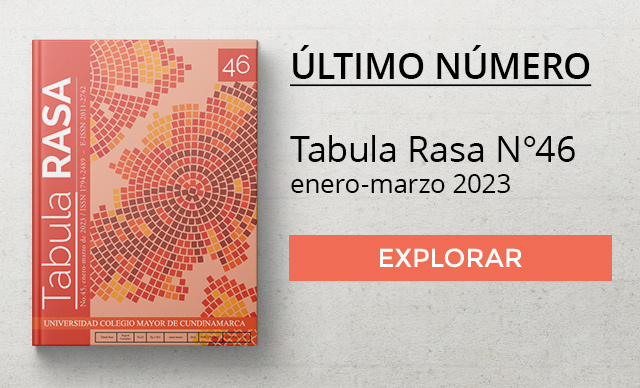Abstract:
This paper contends that there has been a definitive and negative change in the trajectory of so-called Islamic feminism. This change has been effected in large part in Westernized settings, in particular as part of the growing discourse of Euro-Islam, European Islam, indigenization of Islam, etc. which is a discourse that comes not from governments (though it is mirrored, applauded and rewarded by governments in the region) but from Muslim civil society, activists and intellectuals. The paper sets out parameters for the use of the term ‘Islamic feminism’ whilst acknowledging it to be a problematic term. The characteristics of this change include: the move from expressing a universal but cooperative form of ‘feminism’ to a particularistic one; the unusual aspect of that particularism as an expression of muteness as opposed to empowerment, as a form of enclosure and ringfencing rather than an expression of solidarity or an attempt to work / speak / understand co-operatively; a positioning of this ‘feminism’ within an Enlightenment rather than a critical and / or decolonial normative framework; an implicit rejection of liberation in favor of assimilation; expression as a peculiar interaction between Islam and the West; an aspiration for inclusion into an unsophisticated and idealized notion of the West and a perceived teleology of progress; a distinct lack of solidarity with other oppressed groups, whether gendered or ethnic or religious or class based; co-option and complicity with neo-colonial projects and policies. The paper concludes with a re-evaluation of the Islamic feminist project in certain forms as one which has been hijacked and used to undermine the goal of women’s liberation per se and Muslim women in particular by denying Muslim women and by implication all women of color or those who express themselves in political opposition to Western norms and / or domestic and foreign policies, the right to define their own terms for liberation.
Key words: Islamic feminism, assimilation, liberation theologies.







